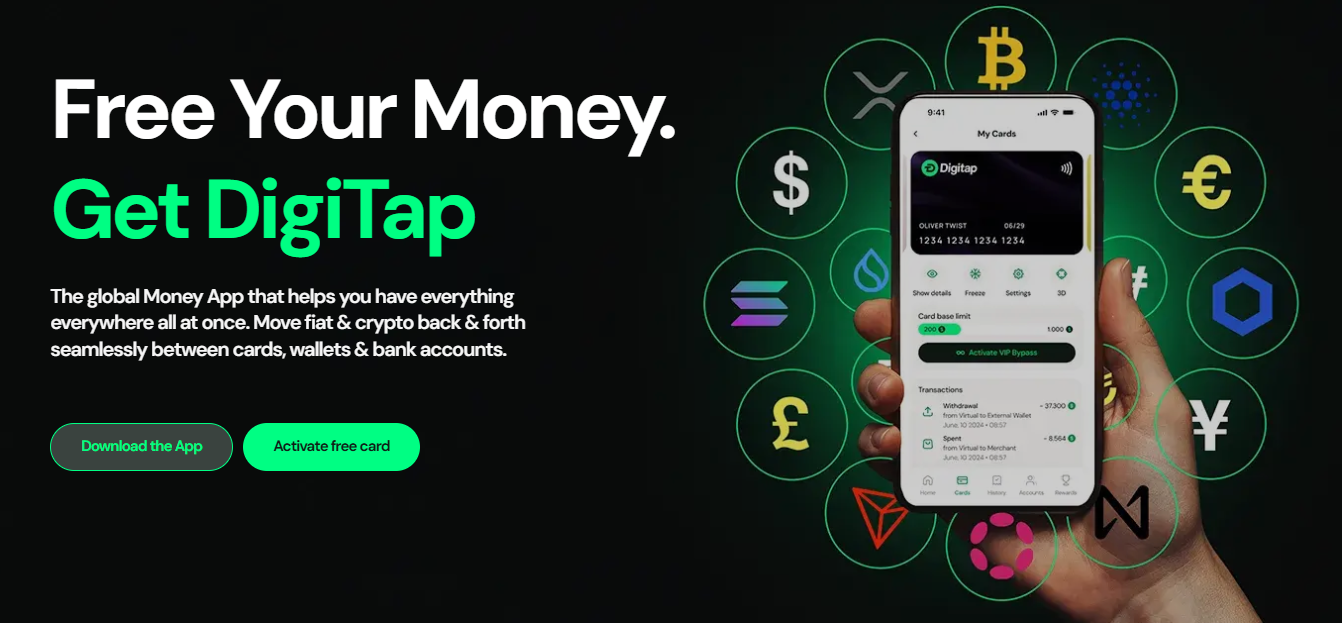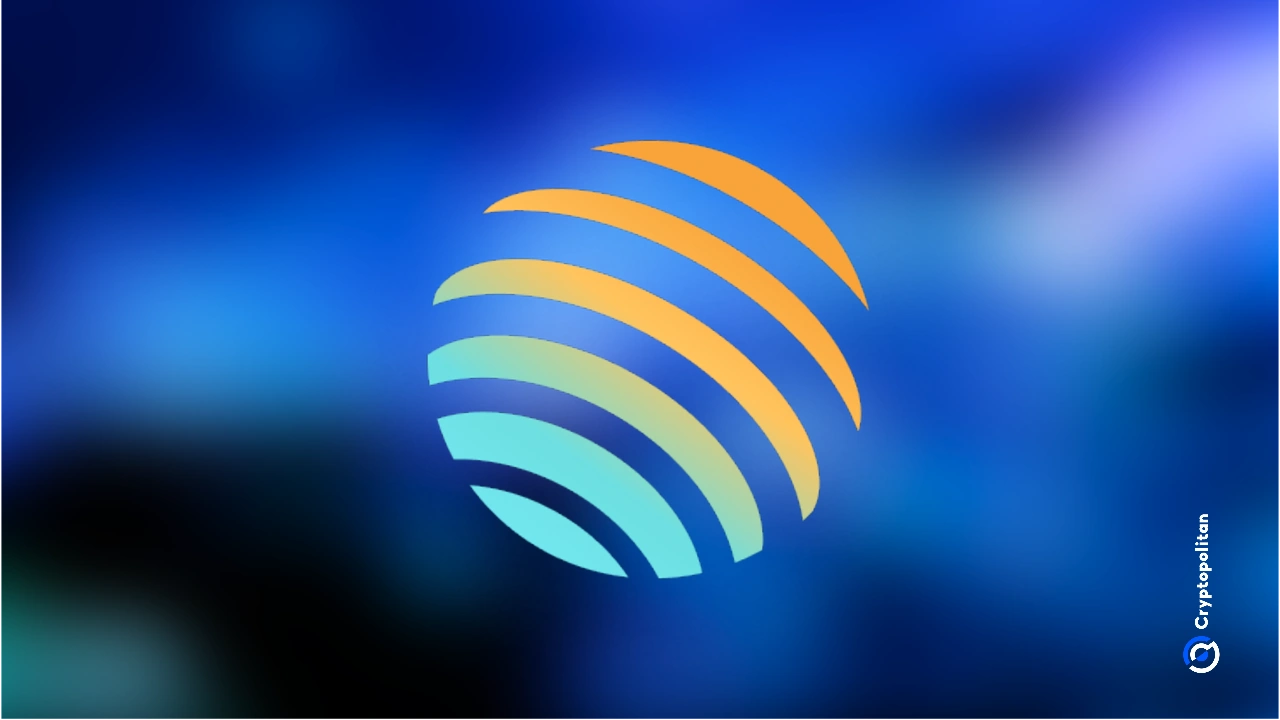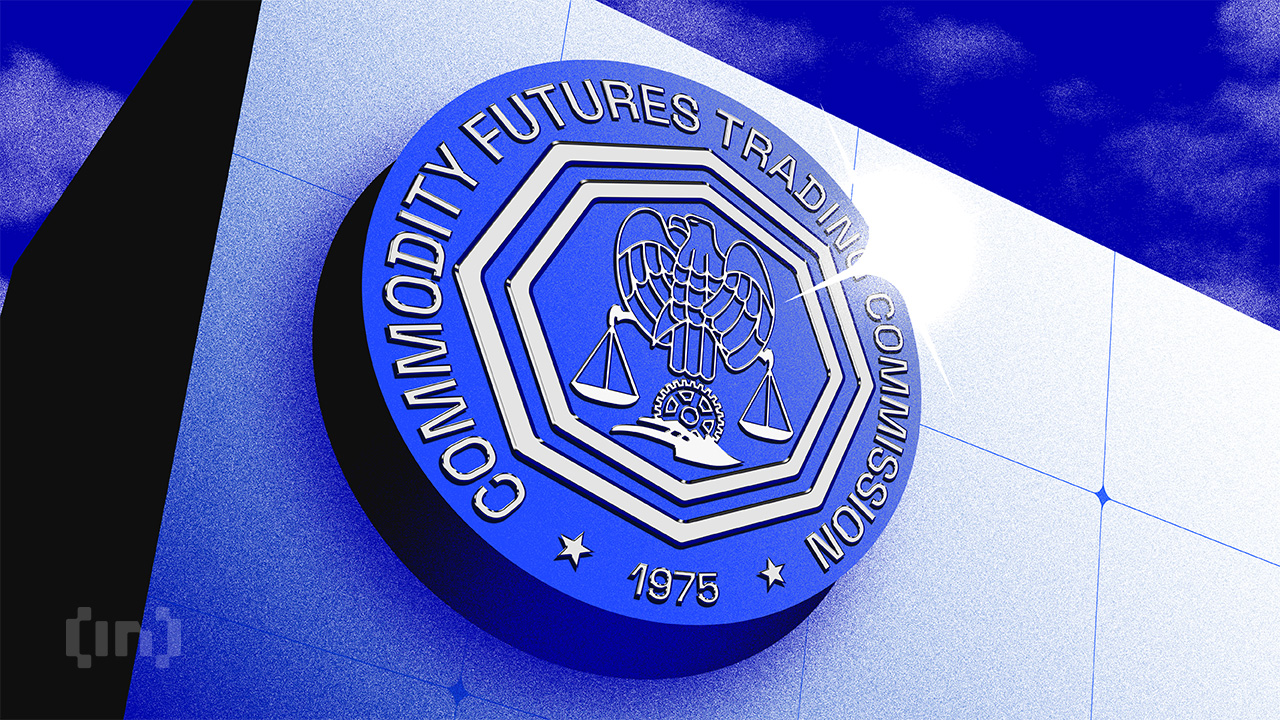Cardano has represented discipline, process, and long-term planning for years. It followed a carefully structured roadmap. But after nearly a decade of steady progress, its community is losing patience.
ADA’s total value locked and active addresses peaked in December 2024 and have been in steady decline since. Users are growing tired of the lack of innovation and real usage for Cardano. Theory is great on paper, but in the real world, traction does all the talking.
Users want more functional, user-centric ecosystems, and that’s why many investors are rotating into the Digitap ($TAP) presale, which continues to enjoy record-breaking demand. Here’s what investors need to know.
The End of Patience in the Cardano Community
Cardano’s roadmap has always been ambitious, but progress has consistently followed the slow and steady wins the race mantra. And in fairness, from Scaling (Basho) to Governance (Voltaire), Cardano has delivered everything. But that is where the investor frustration arises.
The current roadmap essentially states that Cardano, as it is today, is the final product—despite the existence of much faster layer 1s. ADA was brutally hit on October 10th, wicking below $0.30 briefly and has yet to regain momentum, now looking far more likely to revisit support at $0.50 before bouncing.
The market has moved on, and innovation in crypto is defined by user adoption—not by academic papers. Cardano’s declining activity reflects that disconnect. Even though ADA now supports smart contracts, nobody is using them, and investors only have to look at Solana to see what a layer 1 ecosystem should look like.
Cardano has become a beautifully engineered system, yet no one is building on it. And that’s why its holder base is rotating, especially into PayFi projects like Digitap, which prioritizes real-world adoption above all else.
The Rise of PayFi and Adoption-First Crypto Projects
PayFi is about using blockchains as the settlement layer for global finance. In a digital-first world where consumers live, travel, and work across platforms and borders, the need for borderless financial rails is real.
The timing is ideal. Under the Trump administration’s pro-crypto agenda, the U.S. is pushing to become the crypto capital of the world. Regulations encourage innovation, stablecoins are seeing record adoption, and institutional capital is flooding into crypto. These all serve as rocket fuel for projects, making crypto usable.
Digitap has emerged as the standout example. It fuses the polish of a modern neobank with the power of blockchains under the hood. Creating what it calls an “omni-bank” model. A single platform where fiat, stablecoins, and crypto live together under a single roof.
Why Cardano Investors Are Migrating to Digitap
For many former Cardano holders, Digitap represents what they expected Cardano to evolve into. A working product that bridges traditional finance and DeFi. But Cardano built a governance layer while Digitap is building a payment layer.
Digitap’s system allows users to hold and spend crypto or stablecoins through physical and virtual Visa cards, integrating with Apple Pay and Google Pay, and offering non-KYC in permitted jurisdictions.
In practice, it functions as a global money platform. Cross-border transfers settle instantly at sub-1% cost, and conversions between fiat and crypto happen automatically. The complexity is hidden. What remains is a sleek consumer experience that feels like Revolut, powered by blockchains, returning to the type of world crypto promised in the early days.
Digitap’s Tokenomics: Real Revenue & Real Alignment
The TAP token is at the heart of the ecosystem. It has a hard-capped supply of two billion, and ifty percent of platform profits are used to buy back TAP on the open market. Half of those purchased tokens are burned, and the other half is distributed to stakers.
This creates a simple but powerful loop: platform usage drives profits, profits trigger buybacks, and buybacks reduce supply and reward holders. A clean link between product success and token value—something that ADA holders are still waiting for.
The presale has already surpassed $750,000 in just one week, selling out two stages. The traction is undeniable. In the current phase, $TAP sells for $0.0194, with the next stage rising to $0.0268. The dynamic pricing means early investors lock in the best positions, rewarded for becoming early adopters.
Digitap vs. ADA: One Stands Out Among the Best Crypto Presales of 2025
Digitap’s momentum feels distinct. This is a fully functioning financial product built on the premise of getting the product into users’ hands.
Cardano will forever be a cornerstone of academic blockchain development. But why would investors want to subsidize this cost? That era of retail excitement is dead, and now crypto has entered its build useful things or die era.
Digitap’s omni-bank architecture, deflationary token model, and live integrations with global payment systems make it stand out as one of the best crypto presales of 2025. As frustration grows in the Cardano community, the presale likely sees even more aggressive inflows.
Digitap is Live NOW. Learn more about their project here:
Presale https://presale.digitap.app
Website: https://digitap.app
Social: https://linktr.ee/digitap.app















